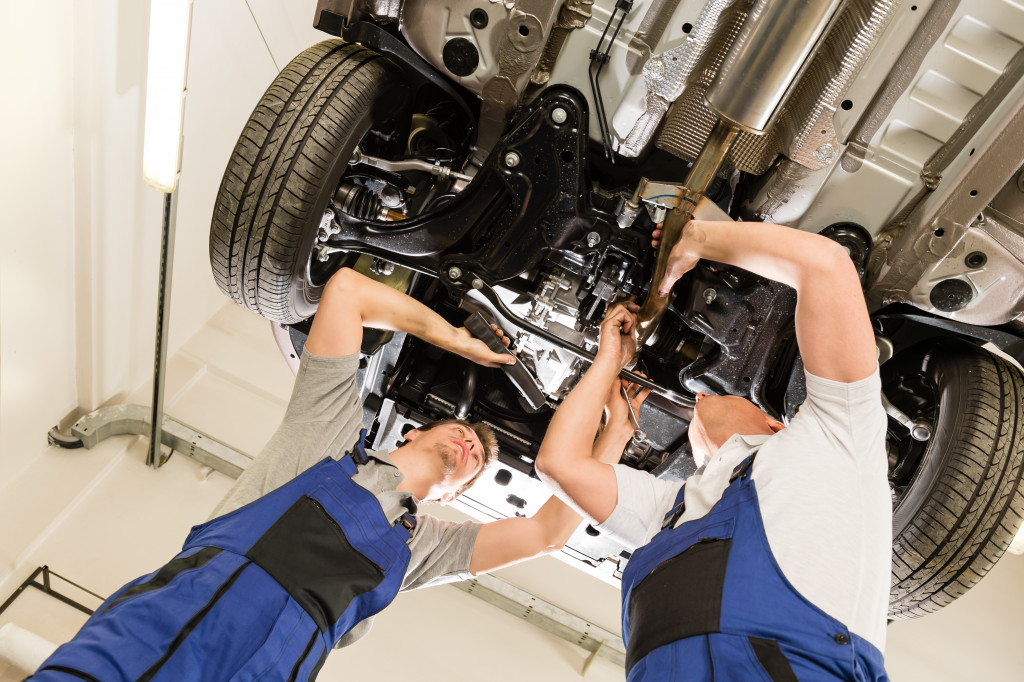It’s inconvenient to experience a car accident, even though it’s a minor one. It can be tricky to find out which party is at fault and insurance company procedures can take a quite a bit of time.
Aside from keeping calm and staying focused, what else should you do? Below are a few tips you can apply when you find yourself in such an unfortunate situation
You have multiple insurance options at your disposal
When you’re not at fault for a car crash or accident, you can select which insurance provider to go to for repairs.
On the one hand, you can seek payment from the other party’s insurance provider. Before any payments happen, the company will first confirm if their client is indeed at fault. This is part of their standard procedure.
Reimbursement may take a while since you have to wait for an official police report to be produced. Then from that point, it takes about two weeks — shorter if you’re lucky — for the insurance company to admit fault. When the other party’s insurance provider pays for damages, you don’t need to contribute a deductible amount.
However, you may also resort to your own insurance company, even though the accident was not your fault. Your premiums won’t increase because in these situations, rates go up when there is fault — not when you’re just simply claiming. Basically, your insurance company receives payment from the at-fault party’s insurance company, since the burden of taking on repair expenses falls on them.
Repairs are optional

You can actually opt not to have your car fixed if the damage or issue is relatively minor. In situations where affordable paintless dent repair is all that is needed, it’s perfectly fine to take the repair money and not go through actual repairs. Alternatively, you can still spend a bit on remedying the cosmetic issue, but you can keep most of the cash.
At the end of the day, the other party is at fault and owes you the money. It’s your business what you do with those resources.
Just make sure that the damage inflicted on your car is indeed minor. Ensure that the car is still drivable. Don’t continue driving the vehicle without necessary repairs if it’s no longer safe or doesn’t pass inspection.
Another aspect to seriously consider is that your insurance company may decide to not pay for future damages to the car. For instance, if you pocket the money intended for bumper repairs, the insurance company could exclude that part of the vehicle from future repairs. Check with your provider first before making any decisions.
You can refuse the other party’s offer
This can apply in the event that your car is severely damaged. If the at-fault party offers you a certain amount — based on their estimates of vehicle value — of say, $10,000, you don’t necessarily have to accept.
You can accept their offer right away and take the hypothetical $10,000, but in some cases, it can leave you at a disadvantage. Their estimates may be off and you have a right demand sufficient payment based on the car’s worth.
But you can also decide not to agree. From there, both parties will enter into further discussions to come up with an agreed car value and cost of damages. To determine the car’s value, you will have to review technical details such as, mileage logged, improvements or upgrades made or specialized paint jobs done. An auto adjuster assists you during this process.